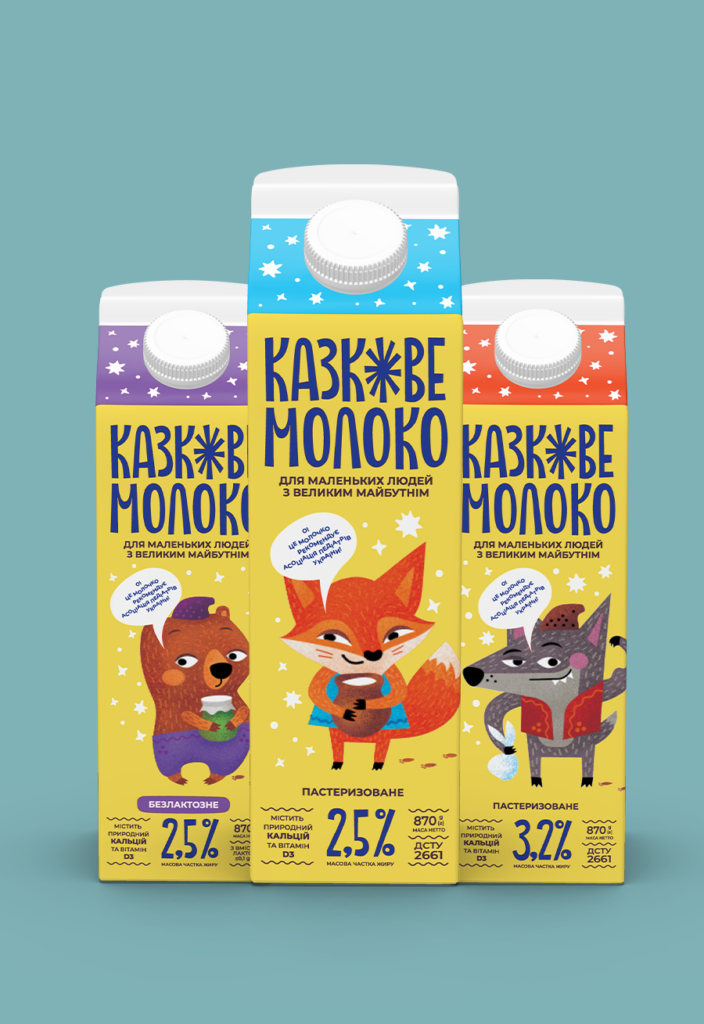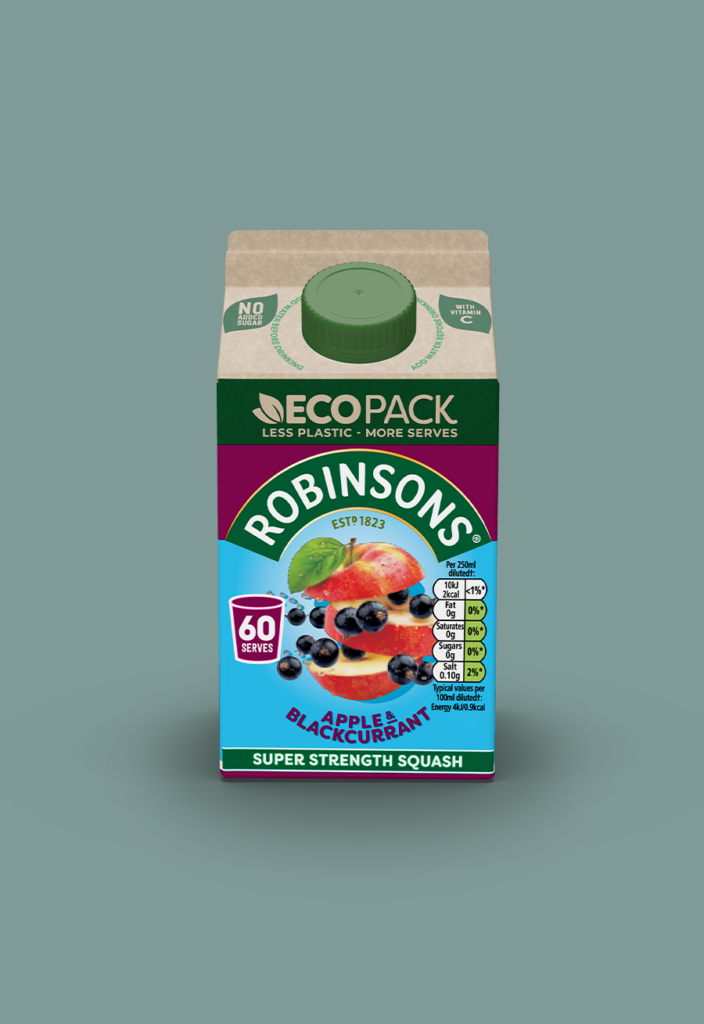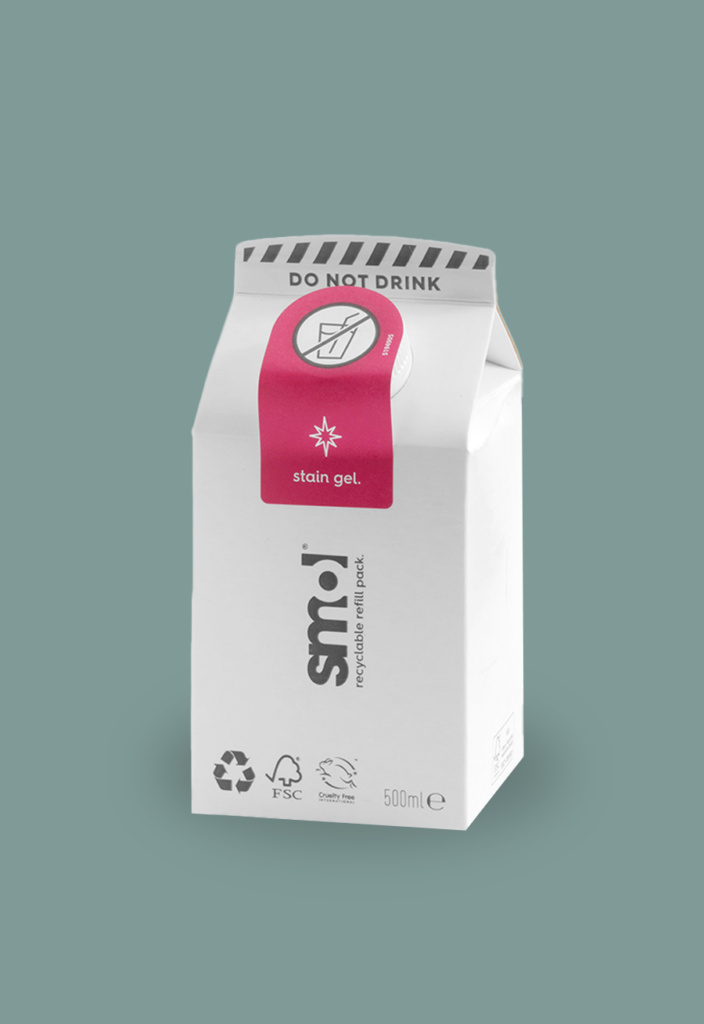Digital watermarks, more than just an invisible barcode

Hidden guardians
The advantage: an invisible code can be applied countless times anywhere on the packaging so that the scanner can recognise it regardless of the position of the goods. In retail, this means faster customer checkout and faster scanning of products at the checkout.
Digital watermarks are used for traceability of the entire manufacturing and distribution process, for quality assurance and as brand protection. A new application is the recycling of packaging waste.
FiliGrade
 FiliGrade is a technology company from Eindhoven in the Netherlands that has developed a patented digital watermarking technology called CurvCode. This innovative system enables the separation of materials from waste streams. FiliGrade introduced the first digital watermarks back in 2016. Two years later, the company succeeded in embedding it on packaging for the first time. CurvCode is based on a special coded curve of points that is embedded in moulds or print. This curve is generally not perceptible to the human eye but is machine-readable.
FiliGrade is a technology company from Eindhoven in the Netherlands that has developed a patented digital watermarking technology called CurvCode. This innovative system enables the separation of materials from waste streams. FiliGrade introduced the first digital watermarks back in 2016. Two years later, the company succeeded in embedding it on packaging for the first time. CurvCode is based on a special coded curve of points that is embedded in moulds or print. This curve is generally not perceptible to the human eye but is machine-readable.
In waste sorting plants, special cameras and lighting systems are used to identify, capture and decode these codes. Based on this information, the desired material can be sorted correctly. This enables more efficient recycling of the sorted material.

With CurvCode technology, around 1,000 pieces of information can be stored in the code. This focusing simplifies both printing and detection.
The advantage: less data needs to be managed and less computing power is required. Compared to the Digimarc barcode, the technology offers less at first glance, but is less complex and requires a lower investment for implementation in the sorting systems.
In spring 2023, the sorting of 1 litre Pure-Pak® cartons with CurvCode was successfully tested with commercial packaging.
Digimarc
 Named after the American company of the same name, whose specialty is watermarking, the Digimarc barcode enables digital information to be embedded in physical media such as images, packaging, labels and other printed products in the form of watermarks. Compared to the more focused CurvCode technology, Digimarc barcodes can store an almost infinite amount of information.
Named after the American company of the same name, whose specialty is watermarking, the Digimarc barcode enables digital information to be embedded in physical media such as images, packaging, labels and other printed products in the form of watermarks. Compared to the more focused CurvCode technology, Digimarc barcodes can store an almost infinite amount of information.

Since 2018, netto Marken-Discount has been the first and only retailer in Germany to integrate Digimarc’s digital watermarks on the packaging of its private label food range.
“We initially worked with Digimarc to optimise our checkout, making it easier and more efficient by digitising our PL food and beverage products with Digimarc’s technology,” says netto company spokesperson Christiana Stylianou.
Digital watermarks on Elopak packaging
Elopak has been successfully using digital watermarks for several years and works with certified prepress companies. The proven printing process remains unchanged. Digital watermarks such as the Digimarc barcode and CurvCode can be easily integrated into the printing of Pure-Pak® and Roll Fed designs.
CurvCode & Digimarc barcode - two technologies for embedding digital watermarks
CurvCode
Digimarc Barcode
Technology approach
Readability
Application
Integration & distribution
Advantages of digital watermarks for the recycling of liquid cartons
HolyGrail 2.0 - Recycling for more sustainability and added value

When Filigrade presented its first digital watermarks to Petcore Europe in 2016, the latter’s Managing Director Christian-Yves Crépet commented: ‘Either you’re a charlatan, or this is the Holy Grail.’ This is how the Digital Watermarks pilot project ‘HolyGrail’ got its name. Initially, HolyGrail 1.0 brought together stakeholders from the packaging value chain from 2016 to 2019. As part of this project, various innovative projects in the field of improving post-consumer recycling through the use of chemical tracers and digital watermarks for better sorting were investigated. HolyGrail 2.0 subsequently aimed to enable the technical implementation of digital watermarking for accurate sorting and economic viability on a large scale. The packaging encoded with digital watermarks was to be recognised in a waste sorting system, decoded and sorted based on the transferred attributes (e.g. food vs. non-food).
After numerous tests and adjustments to the printing and detection technology, detection hit rates of more than 95 per cent are now achieved. In 2023, the first industrial trials with a prototype detection module took place at a recycling plant in Verdun, France. It is planned that a further industrial-scale trial will soon take place at a German sorting plant to ensure a roll-out of both Digimarc and FiliGrade technologies in the near future.
Development milestones
Why EXTR:ACT is committed to digital watermarks

EXTR:ACT was founded in 2018 and is the European platform for increasing the recycling of liquid cartons and similar fibre-based, multi-material packaging. By working together at the European level with the entire value chain, EXTR:ACT helps to ensure that liquid cartons are collected and recycled at competitive costs.
‘For many years now, liquid carton manufacturers have been ensuring the high-quality recycling of their packaging. In doing so, we are always orientated towards the latest possibilities to continuously improve the process in order to meet our own high standards and the stricter legal requirements. This is why we have also carried out corresponding tests and evaluations of digital watermarking (DWM) ourselves via our industry’s own technology organisation EXTR:ACT. We see enormous potential here to achieve the purity and granularity of the sorted liquid cartons (i.e. less “by-catch” in the sorting of liquid cartons), which then contributes to a more targeted supply of the recycling plants for fibres and PolyAl (non-fibre content) with an input quality that in turn leads to high-quality secondary raw materials,’ says Michael Brandl, Managing Director at EXTR:ACT.
Good for the environment, good for the value chain
Packaging manufacturers who use watermarks on their products in future will benefit in several ways: not only can the yield and quality of the collected liquid cartons be improved and support the entire recycling process. In addition, the companies are once again demonstrating their commitment to environmental protection and resource conservation. Ultimately, this not only has positive effects for the environment, but also strengthens the entire value chain in its ecological endeavours and offers long-term economic benefits.
Don't miss out on any news and stay up to date with our newsletter. Subscribe here:
New on the shelf

Molokia, Ukraine
Ukrainian manufacturer Ternopil Dairy has updated the designs of its fairytale milk for the Molokia brand with new characters. Wolf, bear, fox, hedgehog, stork and rabbit are now the stars of the packaging. There is also a lactose-free milk. The products are recommended by the Association of Paediatricians of Ukraine.

Robinsons, UK
“Less plastic – more serves” – Britvic launched super strength concentrated squash for the Robinsons brand using the 500ml Pure-Pak Classic carton. The result. 60 serves per 500ml and 85% less plastic per serve.

smol, UK
smol’s refill carton range continues to grow. Following dishwashing liquid and fabric softener, stain remover has now also been available in practical cartons since the start of 2024. The original bottle for applying and dispensing the liquids is made from 100% recycled plastic.

LoveMilk, UK
In response to growing consumer concern about plastic waste, the UK’s largest independent dairy launched cartons with tethered caps for its fresh milk products in the food service sector. This will significantly reduce the amount of plastic used in Freshway’s packaging.


